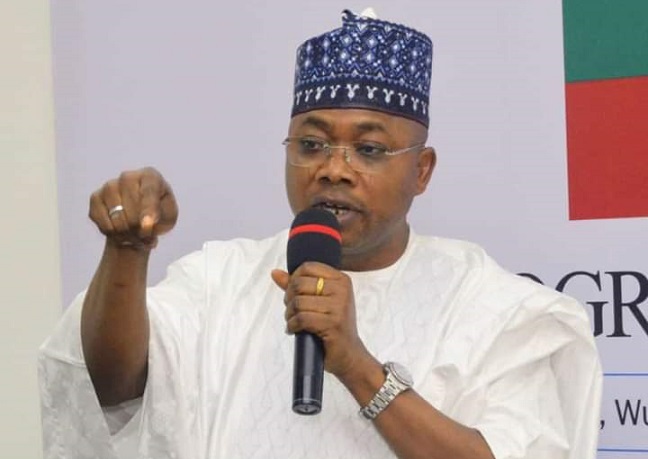Nigerians spent a total of N509.84 billion on electricity in the last quarter of 2024, marking an increase from the N466.69 billion spent in the third quarter, according to data from the Nigerian Electricity Regulatory Commission.
Despite the improved revenue collection, electricity distribution companies still recorded a combined loss of N139.08 billion due to inefficiencies in billing and revenue collection, The Guardian reports.
NERC’s fourth-quarter report revealed that power companies billed consumers a total of N658.40 billion, up from N626.02 billion in Q3. Collection efficiency also improved slightly, rising from 74.55 percent to 77.44 percent.
Nigeria is still owed $8.84 million by the Republic of Benin and Togo for electricity supplied in Q4. According to NERC, six international bilateral customers were billed $14.05 million but paid only $5.21 million, representing a payment rate of just 37.08 percent.
Eko DisCo recorded the highest collection efficiency at 90 percent, collecting N96.58 billion from the N107.31 billion billed. Ikeja DisCo followed with an efficiency rate of 82.63 percent, collecting N101.92 billion from N123.35 billion billed. Other high-performing DisCos included Benin, Enugu, and Port Harcourt, which all exceeded 75 percent efficiency.
However, some DisCos struggled with poor revenue collection. Jos DisCo had the lowest efficiency at 49.68 percent, collecting only N14.25 billion out of N28.67 billion billed. Kaduna and Kano DisCos also performed poorly, with efficiency levels of 55.52 percent and 56.91 percent, respectively.
Despite these challenges, Yola DisCo showed improvement, increasing its collection efficiency from 49.31 percent in Q3 to 63.24 percent in Q4.
The power sector continued to experience significant losses. NERC reported that the aggregate technical, commercial, and collection loss for all DisCos stood at 35.22 percent in Q4, leading to a revenue loss of N139.08 billion. While this was an improvement from the 39.1 percent loss recorded in Q3, it remained above the Multi-Year Tariff Order target of 24.78 percent.
Kaduna DisCo recorded the highest ATC&C loss at 60.65 percent, far exceeding its target of 25 percent.
Nigeria’s metering deficit remains a major challenge. As of December 31, 2024, only 6.2 million customers—46.57 percent of the country’s 13.5 million registered electricity consumers—had been metered.
In Q4, 185,439 meters were installed, reflecting a marginal 0.19 percent increase from the previous quarter. Ikeja, Ibadan, and Benin DisCos led in meter installations, accounting for 28.81 percent, 20 percent, and 12.62 percent, respectively.
Most meters (96.56 percent) were installed under the Meter Asset Provider framework, while the rest were deployed through other financing models. Ikeja DisCo led in MAP installations with 53,431 meters, followed by Ibadan with 37,089 and Benin with 23,397.
Domestic bilateral customers paid N1.25 million against the N1.98 million invoiced for services in Q4, achieving a 63.36 percent remittance performance.
Some international customers, including Paras-CEET, Paras-SBEE, and Transcorp-SBEE, made partial payments of $2.98 million toward outstanding debts from previous quarters.
Despite improvements in revenue collection and efficiency, Nigeria’s power sector continues to struggle with energy losses, unpaid international debts, and slow metering deployment. These challenges highlight the need for further reforms to enhance electricity distribution and ensure sustainable financial performance in the sector.











